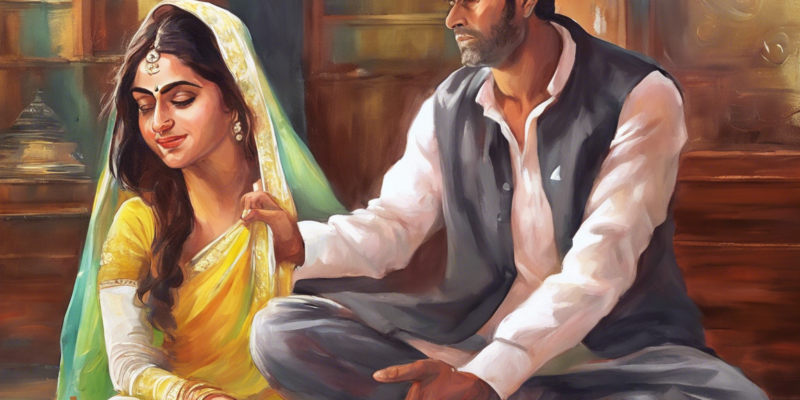
Shukla Yug Ke Anya Naam – Janiye Kaun Se Hain!
Shukla Yug Ke Anya Naam – Janiye Kaun Se Hain!
Introduction:
In Hindu philosophy, time is divided into four Yugas or ages – Satya Yuga, Treta Yuga, Dvapara Yuga, and Kali Yuga. These Yugas are believed to represent different stages of spiritual development in society. When we talk about Shukla Yug, we are referring to Satya Yuga, also known as the Golden Age. Let’s delve deeper into the various names associated with this auspicious era.
1. Satya Yuga:
Satya Yuga, the first of the four Yugas, is often referred to by multiple names. It is known as Treta Yuga, Krita Yuga, or Krta Yuga. This age is characterized by righteousness, truth, and purity. It is believed that during Satya Yuga, human beings were closer to the divine and lived in harmony with nature.
2. Treta Yuga:
Treta Yuga is another name for Satya Yuga and is the second age in the cycle of four Yugas. It is also known as the Silver Age. In Treta Yuga, righteousness still prevailed, but it was not as prominent as in Satya Yuga. The famous Indian epic, Ramayana, is set in Treta Yuga.
3. Krita Yuga:
Krita Yuga is another name for Satya Yuga, representing the age of perfection. It is the first of the four Yugas. The word “Krita” means ‘perfect’, indicating that this age was devoid of any flaws or imperfections. People lived in perfect harmony with each other and their surroundings.
4. Krta Yuga:
Krta Yuga is yet another name for Satya Yuga. This age is also known as the age of truth and is considered the most virtuous of the four Yugas. It is believed that during Krta Yuga, people were morally upright, and spirituality flourished.
Characteristics of Shukla Yug (Satya Yuga):
– In Satya Yuga, righteousness (dharma) is present in its full form.
– People in Satya Yuga were truthful, noble, and lived simple lives.
– The average lifespan of humans in Satya Yuga was much longer than in the subsequent Yugas.
– The concept of war and conflicts was almost non-existent in Satya Yuga.
– The practice of meditation and penance was prevalent in Satya Yuga.
Importance of Satya Yuga:
Satya Yuga holds immense significance in Hindu philosophy as it is believed to be the most spiritually advanced age. It is considered the age of truth and enlightenment, where human beings lived in absolute harmony with each other and with nature. The virtues practiced in Satya Yuga serve as a guiding light for societies in the subsequent Yugas.
FAQs (Frequently Asked Questions):
1. What are the other names for Satya Yuga?
– Satya Yuga is also known as Treta Yuga, Krita Yuga, and Krta Yuga.
2. How long does Satya Yuga last in the cycle of four Yugas?
– Satya Yuga lasts for 1,728,000 years in the cycle of four Yugas.
3. What are the main characteristics of Satya Yuga?
– The main characteristics of Satya Yuga include righteousness, truthfulness, spiritual enlightenment, and long human lifespan.
4. Which famous Indian epic is set in Treta Yuga?
– The Ramayana, one of the two major Sanskrit epics of ancient Indian literature, is set in Treta Yuga.
5. Are there any remnants of Satya Yuga present in the world today?
– While the virtues and ideals of Satya Yuga may seem distant in today’s world, the essence of truth, righteousness, and spiritual growth can still be found within individuals striving for inner harmony.
Conclusion:
Satya Yuga, also known by various names such as Treta Yuga, Krita Yuga, and Krta Yuga, holds a special place in Hindu cosmology. It is considered the Golden Age of spiritual enlightenment and moral purity. Understanding the different names associated with Satya Yuga provides us with a deeper insight into the values and virtues that define this auspicious era in Hindu philosophy.



